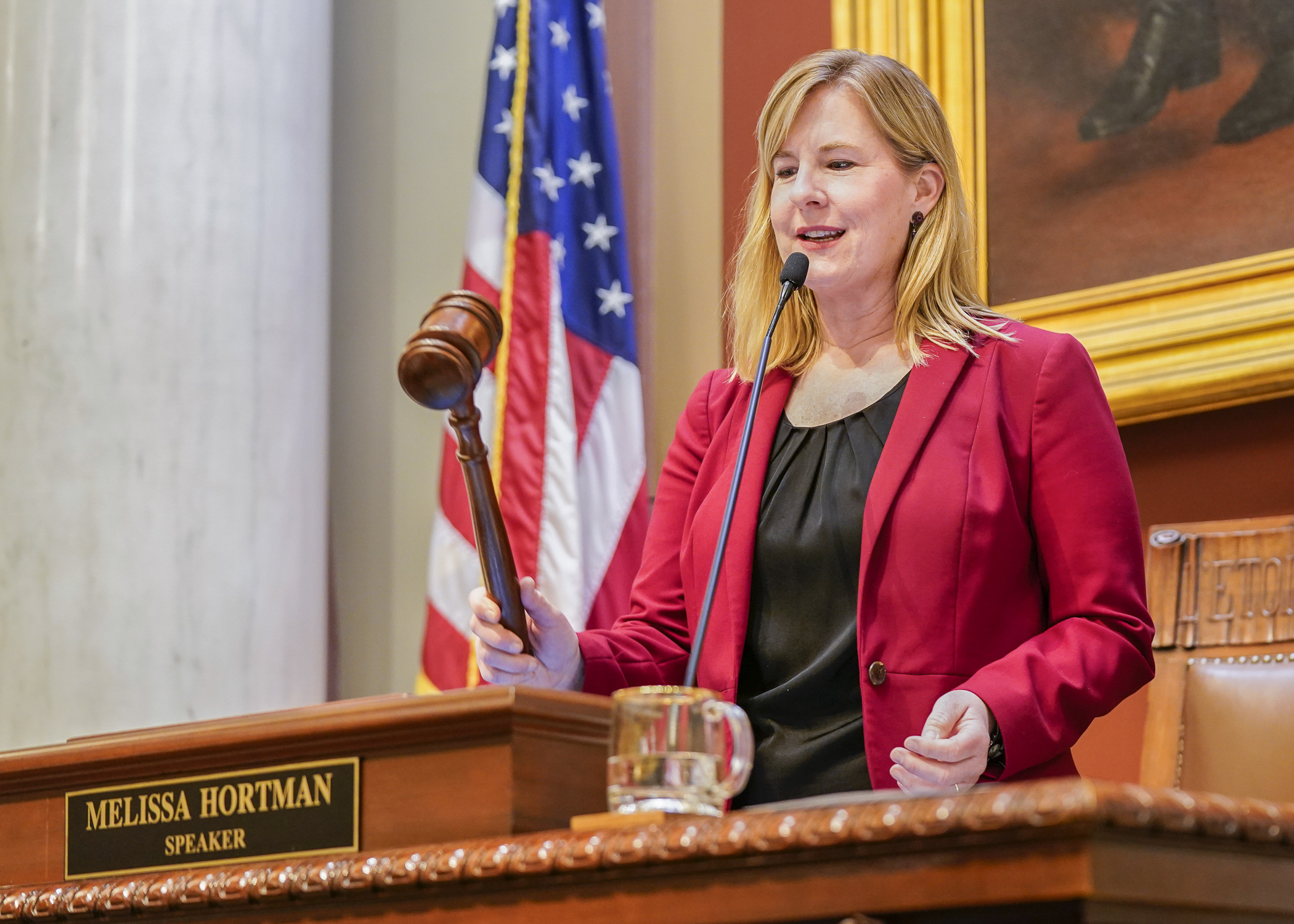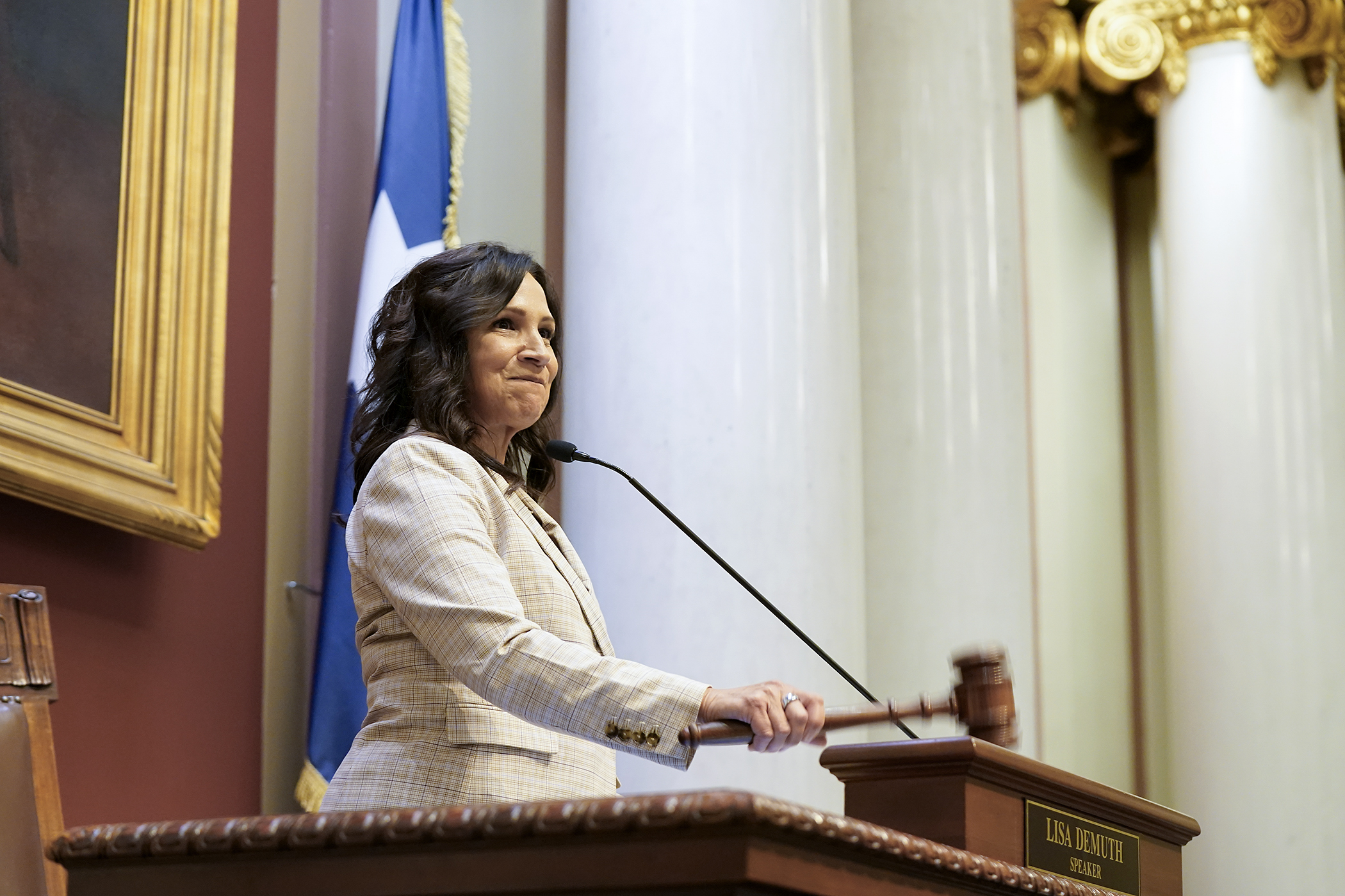Funds to treat water included in state’s agriculture supplemental budget ask
In November, the Environmental Protection Agency sent a letter that directed state agencies to take action in southeastern Minnesota to protect human health from nitrates. Earlier this session, Department of Agriculture officials shared some of the programs underway to reduce nitrate contamination.
Thursday, department officials proposed money go directly to families so they can treat their water with reverse osmosis systems.
Language in HF5229, sponsored by Rep. Samantha Vang (DFL-Brooklyn Center), would direct $3 million from the General Fund for in-home water treatment for residents who cannot afford to treat their own water or buy water from other sources.
The bill, with budget and budget-neutral proposals from Gov. Tim Walz, was laid over Thursday by the House Agriculture Finance and Policy Committee. Developed before a supplemental budget agreement, the bill calls for $7 million more for the Agriculture Department, including a one-time $4 million increase to the department’s Agricultural Growth, Research and Innovation Program. The additional funds would be focused on dairy and livestock farmers.
The rest of the ask is $3 million for in-home nitrate treatment products, which would be about $2,600 per household. Officials anticipate this would be a statewide program with a focus on southeast Minnesota, giving priority to households with pregnant people, infants and small children.
Budget neutral provisions in the bill would:
- increase the amount the Rural Finance Authority can lend farmers by $100,000 in many cases;
- extend the sunset of the Agricultural Fertilizer Research and Education Council for five years. The council is scheduled to sunset at the end of fiscal year 2025, and the 40-cent-per-ton fee on fertilizer that funds the council will expire at the end of fiscal year 2024 without the extensions;
- establish hemp program guidelines which would allow the Department of Agriculture to change the state program to comply with federal rules;
- allow home-based providers to participate in the Farm to School nutrition program;
- extend the Organic Advisory Task Force for another 10 years; and
- expand allowable uses for farmer’s market grants beyond ways to accept programs such as electronic benefits transfer.
Related Articles
Search Session Daily
Advanced Search OptionsPriority Dailies
Speaker Emerita Melissa Hortman, husband killed in attack
By HPIS Staff House Speaker Emerita Melissa Hortman (DFL-Brooklyn Park) and her husband, Mark, were fatally shot in their home early Saturday morning.
Gov. Tim Walz announced the news dur...
House Speaker Emerita Melissa Hortman (DFL-Brooklyn Park) and her husband, Mark, were fatally shot in their home early Saturday morning.
Gov. Tim Walz announced the news dur...
Lawmakers deliver budget bills to governor's desk in one-day special session
By Mike Cook About that talk of needing all 21 hours left in a legislative day to complete a special session?
House members were more than up to the challenge Monday. Beginning at 10 a.m...
About that talk of needing all 21 hours left in a legislative day to complete a special session?
House members were more than up to the challenge Monday. Beginning at 10 a.m...